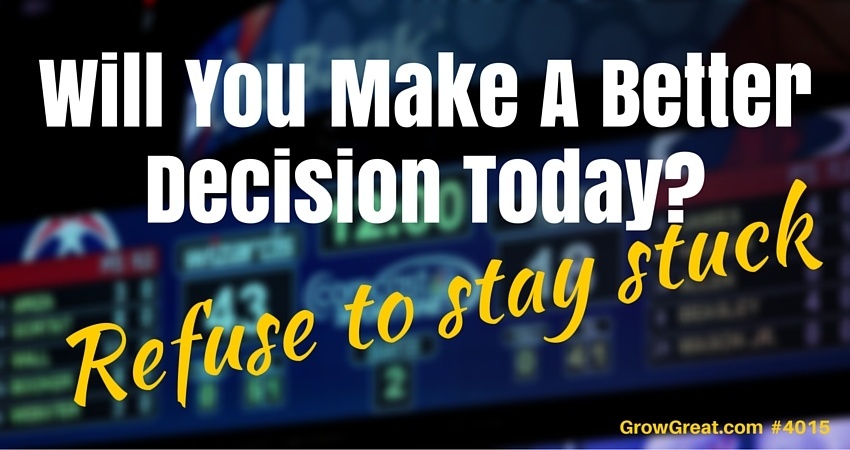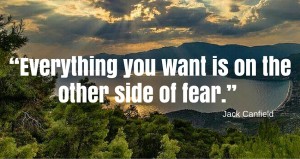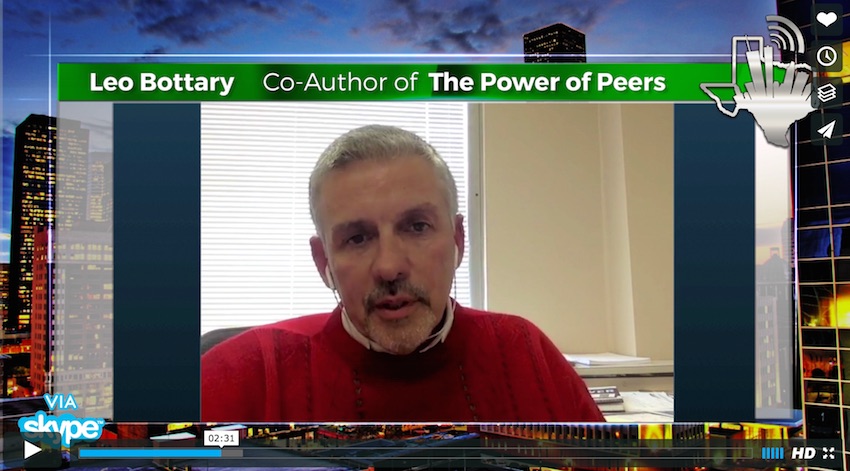Pain: It Doesn’t Care If It’s Work Or Personal #4026
Podcast: Play in new window | Download (Duration: 30:57 — 28.7MB)
Subscribe: Apple Podcasts | Spotify | RSS | More
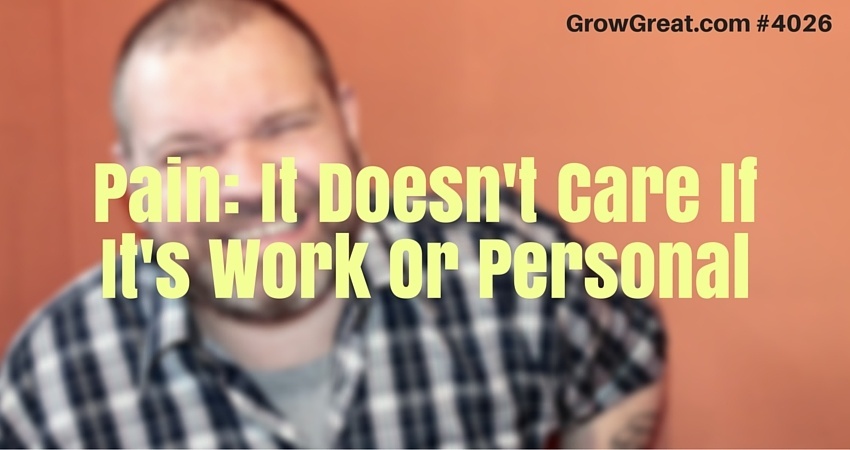
When I read Dustin McKissen’s article on Inc. I was already filled with a fistful of stories of top executives and business owners. Dustin’s article, entitled “3 Things I Did to Come Back from Career Failure” resonated with me because I knew how true it was. Not because I know Dustin personally, although he’s totally the kind of person I’d love to get to know. No, it was because there’s just so much fraud among business people, especially leaders. Even this morning I noticed a friend, Marcus “The Sales Lion” Sheridan posted a short video about comparison-itis and trying to find balance.
Conversely, it seems easier to find content online that extols the virtues of hustle, outworking others and making choices to fuel your career or business. Success evangelists like Gary Vaynerchuk, Grant Cardone and others (whose work I respect) preach loudly sermons of 16-18 hour workdays, hitting the ground at 5am, putting in the work, giving up things so you can devote more time to the hustle of your business. Gary at least is very clear that it’s how he’s choosing to live. Sure, his sermons insinuate that it’s the way to go, but he says you should make your own choices. I know it’s hard for some of his disciples to make their own choices though because they so desperately believe and follow his advice. I don’t blame him for that. It’s just these two fundamental differences in how people approach life. Nobody doubts where Gary is placing his bet. All his chips are in the middle of the table toward buying the New York Jets one day by accumulating as much wealth as possible because that’s what it’s going to take to buy the Jets. Entry into the NFL ain’t cheap. Just this week Gary announced the start of VaynerSports, a new sports agency collaboration.
I’m not here telling you what to do. Nor am I going to judge whichever side of this debate you embrace. Roll the way you want to roll. There are prices to be paid for either choice. The work/life balance crowd perhaps could find greater financial success and business accomplishment if they spent additional hours at work. The spend-all-my-time-working crowd perhaps would find greater family/relationship success if they spent less time at work. Trade off’s abound.
CEO’s and business owners aren’t robots. Yet.
They’re people with a past. And with hopes of a better future. Sounds a lot like everybody else, right? That’s because they’re not different. Not really.
They had parents who may have failed miserably, or who may have succeeded wildly. They did well in school. Or they failed. They have advanced degrees. Or no degrees. They’re extroverted. Or terribly introverted. They drive fancy foreign exotic cars. Or they don’t even own a car. They wear $3000 custom made suits. Or they wear jeans and t-shirts. They’re articulate, able to easily express their thoughts and feelings. Or they stumble, battling to express one easily understood idea. Some are engineers. Others are artists. Some show off the money they make. Others appear to be penniless.
Welcome to the world of absolutes. This much is absolutely true – 100% of the time. There are no absolutes. For every CEO or business owner who did it one way, there are dozens of others who didn’t do it that way at all. Time and chance happens to all of us. For good. Or bad.
There’s another absolute — everybody hurts, sometimes. Cue the REM hit song. Pain is universal. Money won’t cure it. Business success won’t remedy it. Not in terms of getting rid of pain completely or preventing it. Life is a grind no matter if you’re failing or succeeding. And sometimes it’s hard to tell the difference. Some months ago I remarked to a friend that success can sometimes feel like failing. I’m sure the reverse is also true sometimes.
Many things aren’t universal – like how you choose to approach business. But pain is very universal. We do all hurt. Sometimes.
During a regularly scheduled business meeting with the leaders of the organization, the CEO notices one of the VP’s isn’t himself. It’s Thursday afternoon. Just after lunch. The group is normally very business-like, but fun loving. That’s how the owner (who is also the CEO) operates. He takes business seriously. Himself, less so. It’s a culture he fosters, especially among his inner circle – these 3 people seated at the table with him.
Rick, the VP of Technology, joined the team 3 years ago because it more ideally suited his personality. He often jokes with people that he’s a “geek with a personality.” Rick is the kind of perceptive technology guy most CEO’s would love to have. He’s not so in love with the technology as he is the positive impact it can have on the company. The CEO hired him largely because during the interview process Rick impressed him with a practical approach to incorporating and integrating technology…coupled with his ability to relate to and understand the perspective of non-technical people. Rick has been a perfect fit for the role here.
All week the CEO has noticed Rick is quieter than normal. Much more so. He wrote it off as a pre-occupation with a new project management software integration that’s scheduled to go live late next week. The project is going well, but the CEO knows Rick is fanatical about details and obsesses about having all his ducks in a row. It’s just another reason why the organization loves having Rick.
The meeting opens up with the CEO going around the room asking everybody to say one thing they’re thankful for. Lots of leaders begin meetings with some sort of “check in.” This leader hopes to focus his small group of leaders on something he values – gratitude. He begins with his own story. “I’m thankful for the contract we got yesterday. I know you’ve all worked hard to land that deal and it’s going to really open up some opportunities we’ve been looking for.” He turns toward the VP of Sales who talks about being thankful for his wife of 8 years. Friday night (tomorrow night), they’ll be celebrating by attending a concert of one of her favorite bands, Coldplay. The group teases him kindly about going to a Coldplay concert. Up next? Rick.
Rick’s expression quickly grows serious after the chuckles subside. He looks as though he’s about to cry. The room grows tense and anxious. Rick mutters, “I’m sorry.”
The CEO takes the reins. These guys have been together as a group for at least 3 years. Rick is the newest member. The others have been together almost twice that long. The door to this meeting is closed. This is a private setting of four men who’ve been leading this company in strong double-digit growth since things started. Fifty percent annual growth is more common than not. These are exciting times, driven by some pretty exciting people. The CEO isn’t about to let this tension get the best of them.
“Rick, you’re among friends. We’re here for you,” says the CEO.
Rick is struggling to gain his composure. Speech isn’t easy. Not right now. “Take your time,” encourages the CEO.
“I’m sorry, guys,” replies Rick.
The CEO, sensing something major is happening with Rick, decides to disrupt the meeting’s set agenda. “Gentlemen, we’re in this together. Today’s meeting agenda is now changed. We’re going to conduct this meeting for ourselves. There’s nothing on our agenda that can’t be pushed off for another day. But this – this right here – this pain deserves our best efforts. Let me tell you something else I’m thankful for — each of you. Rick, tell us whatever you feel comfortable telling us. We’re here to help.”
Rick swallows, tears are now coming more freely. “My wife left me,” confesses Rick. The VP of Sales slumps his shoulders almost immediately, as if to be guilty for celebrating his 8th wedding anniversary. Rick has been married longer – 14 years, or close to it. That’s all Rick can say before almost falling to pieces.
The CEO is a toucher. I can relate because so am I. He touches people on the shoulder at appropriate times. He’ll even hug somebody if the occasion calls for it. Sensing this is one of those times, he gets up, walks over to Rick, leans down and puts his arm around him. In a scene you just won’t see in normal business scenarios, the CEO tells Rick that he loves him.
Wait a minute, what?
“Rick, I love you man. We all love you,” says the CEO.
It takes a few minutes, but Rick begins to grow comfortable and he tells them of his wife’s decision. The details don’t matter as much as their net impact. It had happened Sunday night. Here we are on a Thursday, early afternoon. Rick has lived with this for almost 4 days, suffering in silence. And now, it’s all coming out. Rick is feeling horrible, he says, for bringing this problem to work.
That sparks the discussion of pain having no respect for where you are, or what your role is. Or how much money you make. Or what corporate title you wear, if you wear one at all. Or the make/model of car you drive. Or the square footage of your house. No, pain doesn’t care about any of those things. Pain just is.
Nobody on this management team would dare argue that personal pain impacts the workplace. Or that workplace pain often travels home. Some are pompous enough – and dishonest enough – to claim perfect skills in compartmentalizing pain. Sorry, I don’t buy it.
Pain hurts and it doesn’t care where you are what else you’ve got going on. Have you ever had a headache? I get them every now and again. When your head hurts it’s impossible to set it aside. It permeates everything you do. Or everything you attempt to do. Reading isn’t going to happen. Concentration is impossible, unless you include concentrating on how badly your head hurts. You don’t feel like doing much of anything…and unless you’ve got good meds to help you get over it, laying down to sleep it off is also impossible. It’s the biggest elephant in the room no matter what you’ve got planned. No matter what deadlines are staring you down. Your headache doesn’t care about any of that.
CEO’s and business owners can experience levels of pain unique to their role. They have the authority to make decisions that have the biggest impact on their companies. Risks are higher. Consequences potentially more powerful. Rewards are also higher. Well, their potential is. The higher up the ladder you go, the more powerful the impact of the decisions made at that level. Up goes the pain potential, too.
What do you do with your pain?
Rick was trying hard to deal with it alone. He held it together pretty well – albeit quietly – until the staff meeting, where a co-worker unsuspectedly mentioned his own wedding anniversary. That’s all she wrote. Rick lost it. All the guys understood why, too. Maybe it needed to happen as it did. Maybe it couldn’t have happened any other way. A person’s personality and company culture have quite a role to play.
Thinking about the CEO though and how often I’ve encountered a top level leader who was enduring something painful – whether personal or work related – I was made to realize how valuable it is to have an atmosphere and culture where he or she can shell things down. And feel safe. Secure. Knowing that the tears won’t diminish how others see them. Knowing the only judgments being made are, “How can we help?”
How can Rick quantify the price or the benefit of his team members as they rally to support him during what he admits is the most painful experience of his entire life? He can’t. It’s priceless. It’s value no amount of money can buy. These are relationship with people, in a culture that is extraordinary. Rick knows it.
Almost daily I tell a CEO or business owner that my role is to do for them what nobody else can – to help deal with, and overcome or endure their pain. Yes, it’s about building stronger, more profitable businesses and organizations. However, sometimes our pain has nothing to do with business yet it has the potential to negatively impact our business. Where will YOU go to have those conversations and to get some perspectives to help you manage them better? Who will you turn to, not to complain and moan, but to help you take meaningful actions to fix it and get past it? Who can you lean on and not make it a burden they’ve no business bearing? Where can you go where you’re completely safe and secure knowing that there’ll be no repercussion for you or others by letting your hair down?
You deserve to find a place where you can better manage your own pain. We both know you’ve got plenty of it. It goes with the turf, but that doesn’t mean you should ignore it. Truth is, if you keep doing that it’ll take a heavy toll on your life professionally and personally. The cost is too high. And the remedy is too available.
In a world focused on vitamins, I’m working very hard to be an aspirin.
Be well.

Subscribe to the podcast
 To subscribe, please use the links below:
To subscribe, please use the links below:
- Click Here to Subscribe via iTunes
- Click Here to Subscribe via RSS (non-iTunes feed)
- Click Here to Subscribe via Stitcher
If you have a chance, please leave me an honest rating and review on iTunes by clicking Review on iTunes. It’ll help the show rank better in iTunes.
Thank you!
Pain: It Doesn’t Care If It’s Work Or Personal #4026 Read More »



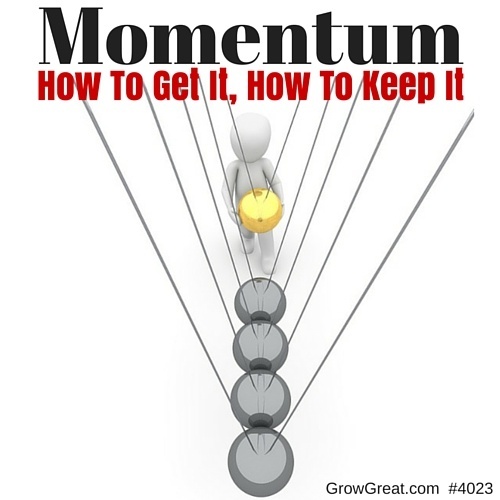
 Momentum Monday.
Momentum Monday.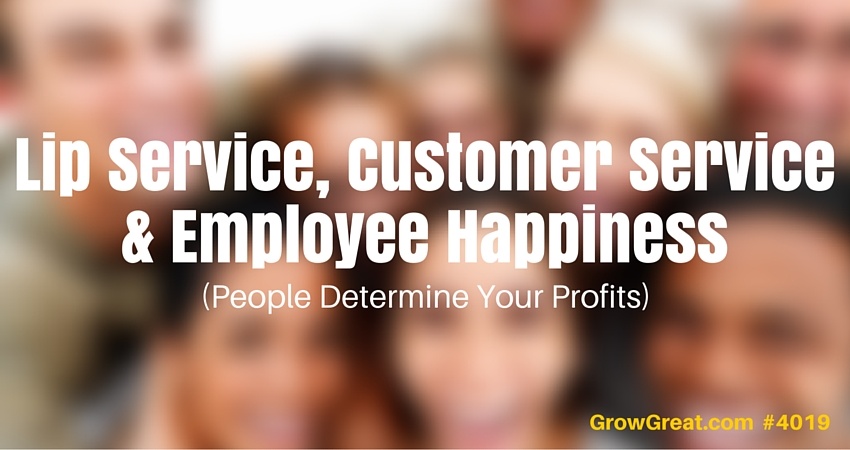

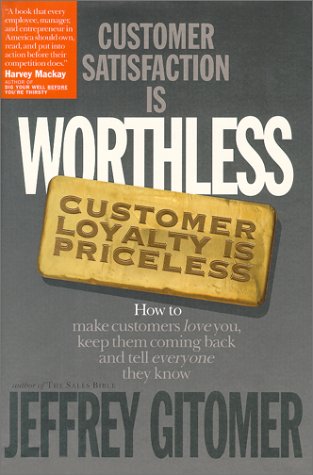 Hard to believe a southern boy fell for a guy from Philly, but I did. Gitomer was blunt, candid and delivered his message with a passion I felt was long-overdue. From my earliest days I saw the benefit and long-term value of not being transactional. Customer happiness was always my focus, even as a teenager selling stereo gear. Why would any sales guy or business owner be okay with customers who just felt “okay” about their purchase or their service? Made no sense to me.
Hard to believe a southern boy fell for a guy from Philly, but I did. Gitomer was blunt, candid and delivered his message with a passion I felt was long-overdue. From my earliest days I saw the benefit and long-term value of not being transactional. Customer happiness was always my focus, even as a teenager selling stereo gear. Why would any sales guy or business owner be okay with customers who just felt “okay” about their purchase or their service? Made no sense to me.